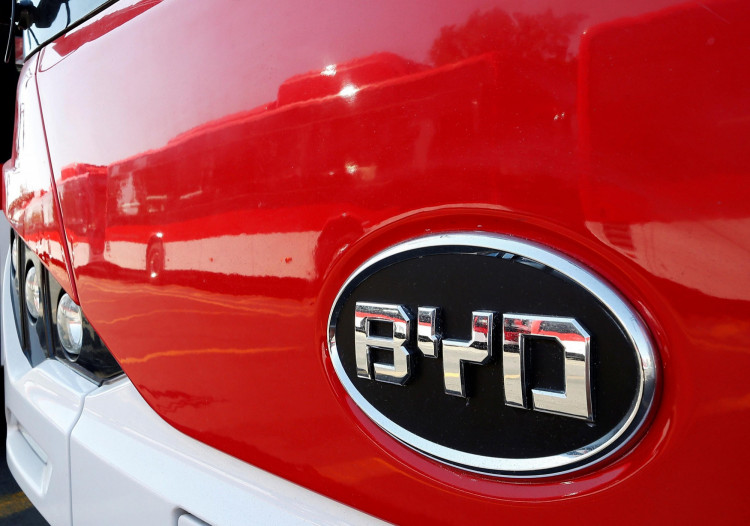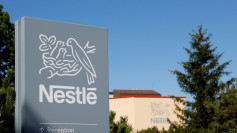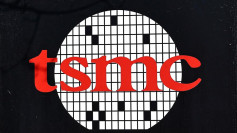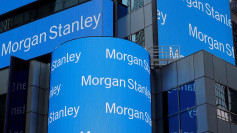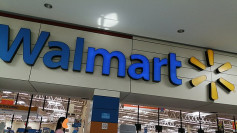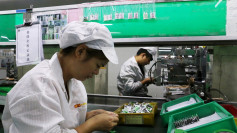Chinese automaker BYD has set its sights on the urban middle class, gearing up to compete with leading brands like Lixiang in the premium vehicle market.
On the evening of August 5, Tangshi, BYD's luxury arm, unveiled its third model after a brand refresh - the Tangshi N8. Additionally, the Tangshi D9 introduced a new DM-i luxury variant. Both models are priced above 300,000 yuan, targeting the luxury SUV consumer segment.
Previously, with the launch of the D9, Tangshi carved a niche for itself in the already saturated MPV market. The Tangshi N8's release, following the high-profile debut of Tangshi N7, represents BYD's direct challenge to competitors in the luxury SUV segment priced above 300,000 yuan.
After expanding its product lineup, BYD is keen to take on Lixiang, which experienced significant success in the new energy market during the first half of the year.
Zhao Changjiang, General Manager of Tangshi's sales division, hinted that a mere urban commuter SUV wasn't sufficient. They aspire for the Tangshi N8 to be seen as a versatile SUV - ideal for family use and off-road camping adventures.
His comments subtly draw a comparison with Lixiang, often labeled as a "dad's car."
In terms of sales volume, Lixiang is Tangshi's primary competitor. According to vehicle experts, the top five best-selling new energy vehicles priced above 300,000 yuan in the first half of the year included models from both Tangshi and Lixiang. By July, the rankings featured Lixiang models, as well as the Nio ES6 and the Tangshi D9 DM-i.
To solidify its position in the luxury car market priced above 300,000 yuan, Tangshi recognized the need to fill a gap between the D9 and N7 models. The introduction of the N8 completes their lineup, adding a mid-to-large size SUV.
Insiders revealed to Wall Street News that unlike the D9 and N7, the Tangshi N8 is a remodel of the Tangshi X, introduced in 2019. Despite featuring advanced technologies, it appears to be more of a strategic release to alleviate market pressures not covered by the D9.
Interestingly, the D9 DM-i luxury variant, also introduced on August 5, targets the family SUV and MPV market within the 300,000 to 350,000 yuan range, overlapping slightly with the N8's target market.
In terms of short-term strategy, Zhao Changjiang stated that the N8 is not Tangshi's primary volume driver. With the new releases, they aim to sell 5,000 units of the N8, 10,000 of the N7, and 15,000 of the D9 every month in the latter half of the year.
Therefore, Tangshi aims to achieve a monthly sales volume of 30,000 units. It hopes to become the second brand in the new energy market with an average price above 300,000 yuan and a monthly sales volume reaching 30,000 units.
But Tangshi's ambitions don't end there. Zhao told Wall Street News that by 2025, they hope to achieve annual sales between 600,000 to 900,000 units, equivalent to a monthly volume of 50,000 to 75,000 units.
On another note, during an earnings call on the evening of August 8, the chairman and CEO of Lixiang, Li Xiang, declared their ambition to overtake traditional luxury brands like BMW and Mercedes-Benz in terms of sales in China with the introduction of new models and increased production capacity.
In recent years, BMW and Mercedes-Benz have consistently maintained annual sales volumes between 750,000 and 800,000 units. As brands like Lixiang and Tangshi sprint ahead in sales, the ranking hierarchy of luxury car brands is set to shuffle.
The emergence of the new energy era has caused ripples in the luxury car market. While in the fossil fuel era, traditional luxury brands dominated, the new energy transition has leveled the playing field, giving every automaker a shot at the crown.
With data from the Auto Association showing a rapid 32% year-on-year growth for vehicles priced above 300,000 yuan in the first half of the year, it's clear that the luxury market is in high demand, especially among the urban middle class.
Interestingly, the new energy segment for vehicles priced above 300,000 yuan saw a staggering 121.8% year-on-year growth, accounting for 13.8% of the overall market. This is a significant jump from 9.5% in 2020.
Brands including Gaohe, Lixiang, Nio, Zhiji, Jike, Ai An, and Red Flag have all expanded their offerings in the premium new energy market. Brands like Lixiang and Tangshi have already started challenging the dominant positions of traditional luxury brands like BMW.
However, with BMW pushing for full electrification, Mercedes-Benz intensifying its local R&D in China, and Audi collaborating with SAIC for new model development, these traditional luxury giants are also stepping up their game in the new energy sector. Following them, Volvo and Land Rover are eager to seize the new energy opportunity, hoping to realize their dreams that were unattainable in the fossil fuel era.
The competition is multifaceted, ranging from technology and production to distribution and service. As the luxury car market heats up, both new entrants and traditional heavyweights bring their unique strengths and weaknesses to the table. As new players constantly challenge the status quo, the future of the luxury car market looks set to be more dynamic than ever.
